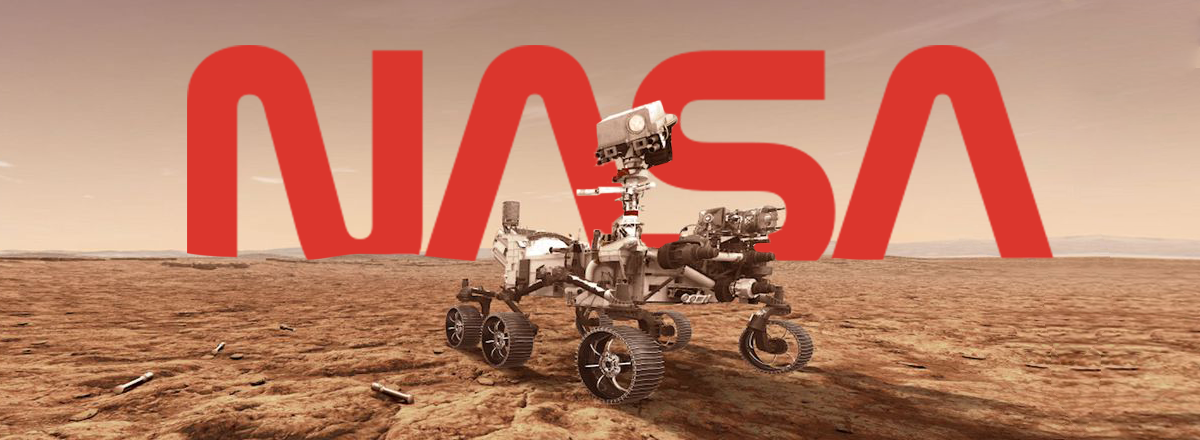On July 30, NASA’s Perseverance rover, together with the Ingenuity Mars Helicopter, began its long seven-month journey to Mars as part of the Mars 2020 mission. The rover successfully launched into space at 7:50 AM EDT (4:50 AM PDT) from Cape Canaveral Air Force Station, Florida, on a ULA (United Launch Alliance) Atlas V rocket.
And so, the journey begins…
— NASA (@NASA) July 30, 2020
With today’s launch of @NASAPersevere, we begin another historic mission of exploration. Our #CountdownToMars continues with Perseverance landing on the Martian surface on Feb. 18, 2021. More: https://t.co/Qv6xcL9anF pic.twitter.com/GwfW9xwFsw
The mission is scheduled to reach the Red Planet’s Jezero Crater on February 18, 2021. According to various estimates, the cost of the mission was $2.1-2.7 billion.
We’re on our way to Mars – me and the almost 11 million names I carry. One home behind us, and a new one ahead. #CountdownToMars
— NASA's Perseverance Mars Rover (@NASAPersevere) July 30, 2020
Post-launch Update: https://t.co/ssXuLjQVez pic.twitter.com/fJmK48hTiL
"With the launch of Perseverance, we begin another historic mission of exploration. This amazing explorer's journey has already required the very best from all of us to get it to launch through these challenging times. Now we can look forward to its incredible science and to bringing samples of Mars home even as we advance human missions to the Red Planet. As a mission, as an agency, and as a country, we will persevere," said NASA Administrator Jim Bridenstine.
After landing on Mars the next year, powered by radioactive plutonium, Perseverance will begin looking for signs of ancient microbial and micro-organic life on the planet that may have existed 3.8 billion years ago in its rocks and dirt.

By coring samples of Martian soil and rocks with the help of a drill, the rover will study the planet’s geology and climate. It is also equipped with a robotic arm, tools for chemical and mineralogical soil analysis, an X-ray spectrometer with a thermal imager, and an ultraviolet spectrometer for detecting organic matter.
An animation shows how the collected samples will be stored on Mars, awaiting possible pickup by future missions and their delivery to Earth to then be analyzed with super-sensitive technologies.
Perseverance is the world's largest rover. Its weight reaches 1,025 kg, and its dimensions are 3 meters long and 2.7 meters wide. At the same time, for the first time in the history of the exploration of other planets, an experimental helicopter drone will be used. Ingenuity measures 1.2 meters in diameter and weighs 1.8 kg. It is capable of hovering in the air for 20-30 seconds to photograph the area.
The mission sent the first signal to ground controllers at 9:15 AM EDT (6:15 AM PDT), and more detailed spacecraft data, telemetry, was received at 11:30 AM EDT (8:30 AM PDT).
I now have good signal strength with my team back on Earth. They’re tracking my location and will keep talking to me as I cruise to Mars. https://t.co/q8GY0wfue5 #CountdownToMars https://t.co/9JZeseTC1M
— NASA's Perseverance Mars Rover (@NASAPersevere) July 30, 2020
Perseverance is also equipped with microphones and many high-resolution cameras that will provide both the sounds of landing and high-quality videos from the rover’s point of view. Apart from that, Perseverance carries five pieces of NASA’s future space suits to test whether they are durable enough for the Mars atmosphere. As part of NASA’s “Send Your Name to Mars” campaign, nearly 11 million names are now traveling to the Red Planet as well.
The launch of the mission was broadcast on the website of the American Space Agency and on NASA’s official YouTube channel.
Perseverance is not the only Mars visitor this summer. Upon arrival, it will join Hope Probe, the United Arab Emirates’ weather satellite, and China’s Tianwen-1 mission. Three missions were planned for this summer because the Earth and Mars are now in alignment on the same side of the sun, which happens every 26 months.













